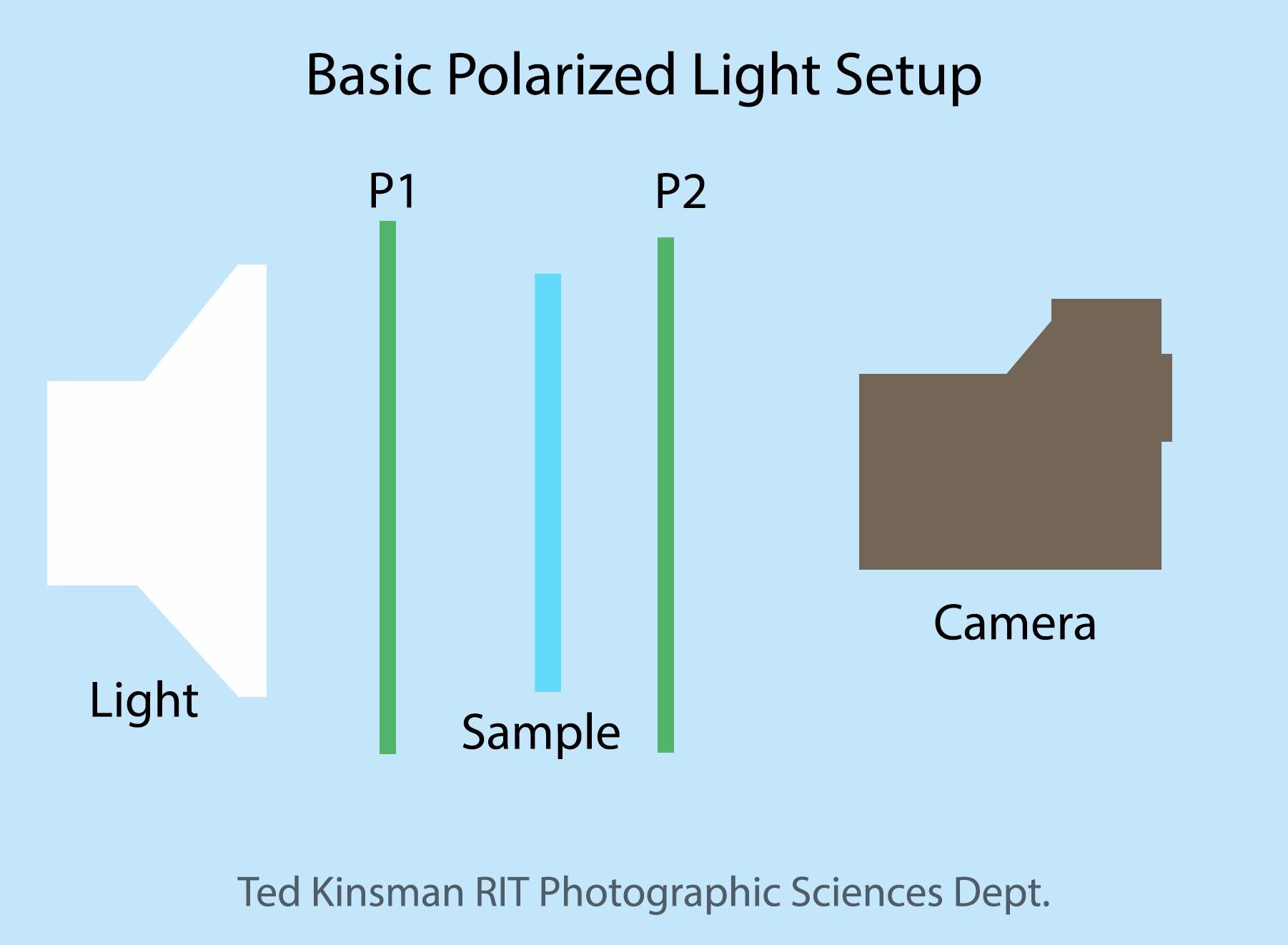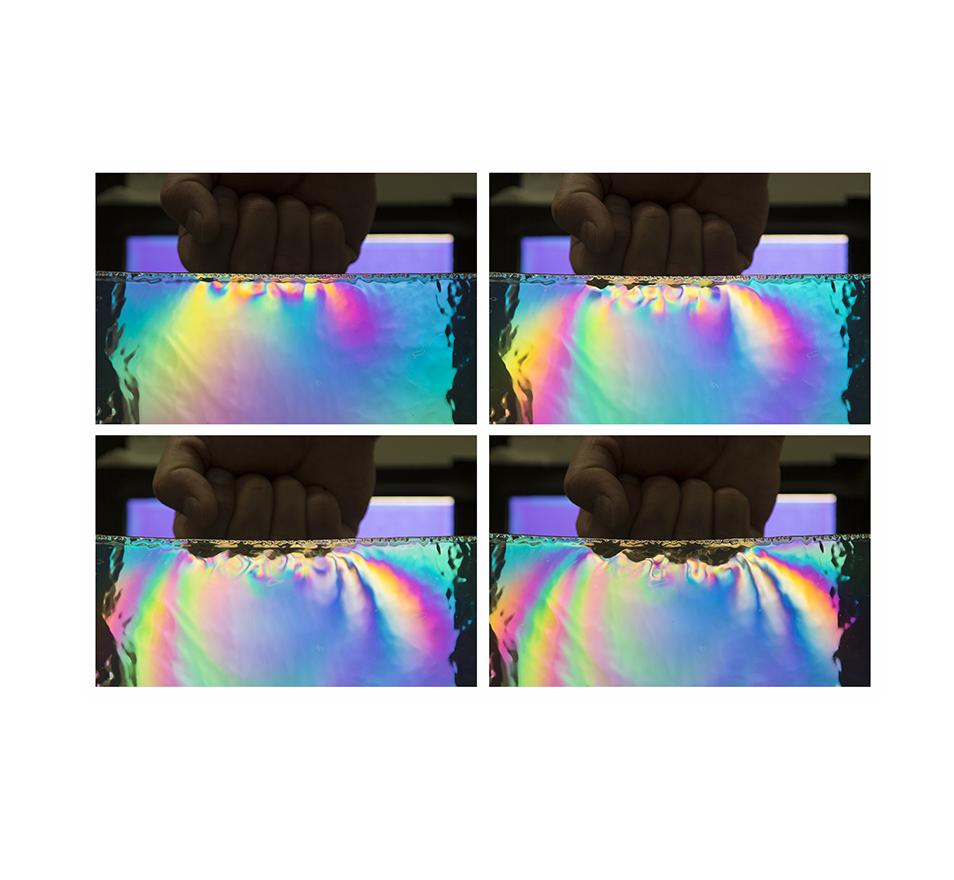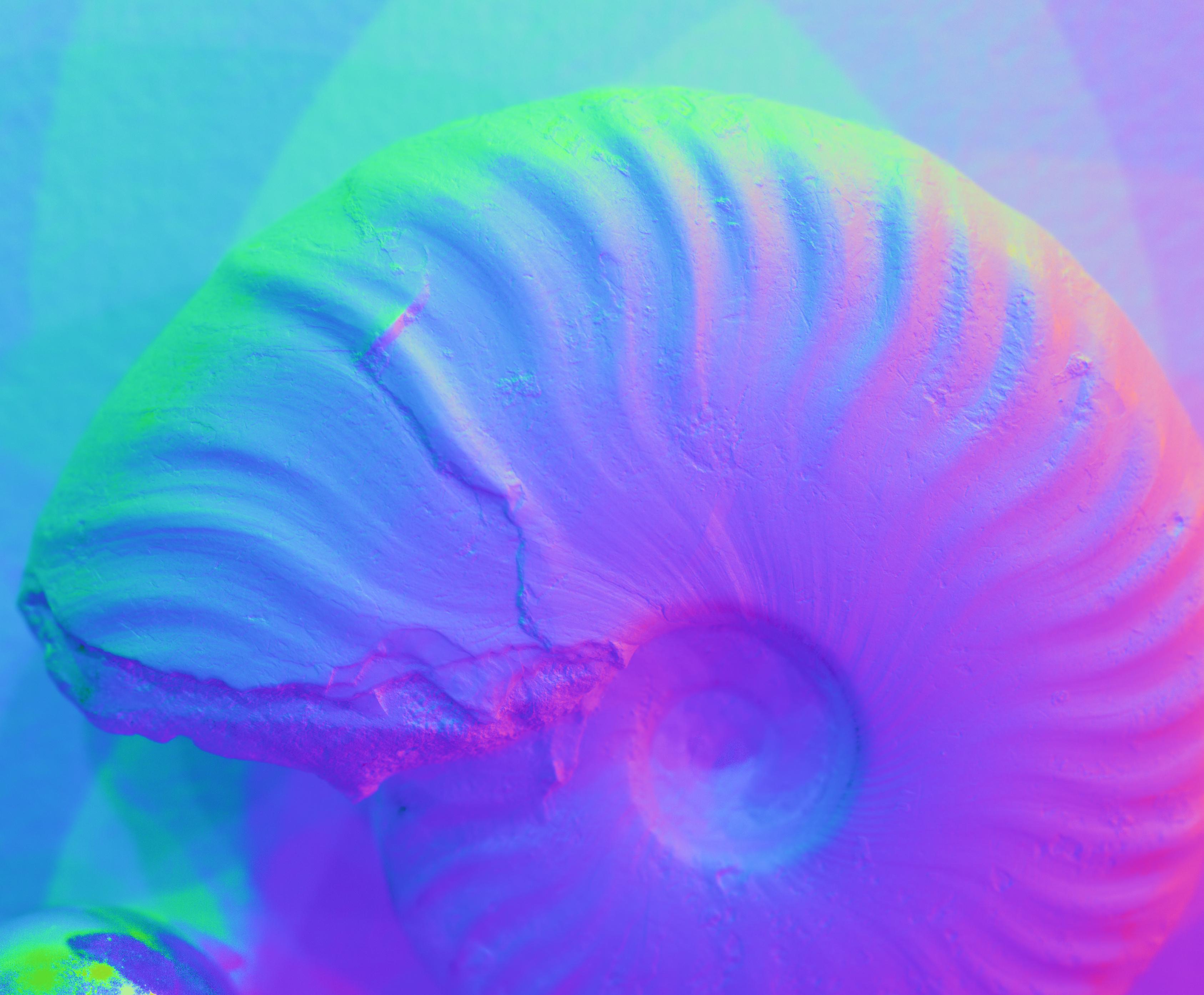
Ted Kinsman
Associate Professor, Photo Arts and Sciences
Ted Kinsman
Associate Professor, Photo Arts and Sciences
Education
BS, University of Oregon; MS, Syracuse University
Select Scholarship
Currently Teaching
In the News
-
September 3, 2025

How to Build a Simple DIY Focus Stacking System
An essay by Ted Kinsman, associate professor in the School of Photographic Arts and Sciences, published by DIY Photography.
-
January 17, 2025

Designing a Star Tracker for Astronaut Don Pettit to Use on the ISS
An essay by Ted Kinsman, associate professor in the School of Photographic Arts and Sciences, published by PetaPixel.
-
October 24, 2024

How to Use an Arduino to Trigger a Flash With Sound
PetaPixel speaks to Ted Kinsman, associate professor in the School of Photographic Arts and Sciences, about his high-speed photography class, where students learn to use Arduino technology to trigger flashes with sound while capturing dynamic events like balloon pops to study the physics of motion.
-
October 30, 2024
Kinsman recognized in photomicrography competition
-
June 5, 2020
Kinsman honored for electron micrograph image
Featured Work
Intro to Polarized Light : using polarizers to look at materials in a different light.
Ted Kinsman
How to Photograph a Karate Punch
Ted Kinsman
An Easy To Build Reflectance Transformation Imaging ( RTI) System just published.
Ted Kinsman
In this article I will describe how to construct a simple reflectance transformation imaging (RTI) setup using an Adurino microprocessor and a 3D printer. The RTI technique provides a valuable tool...






